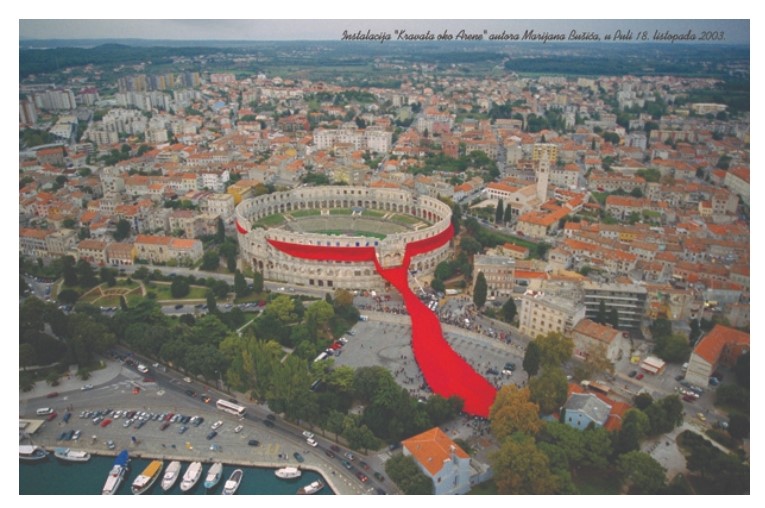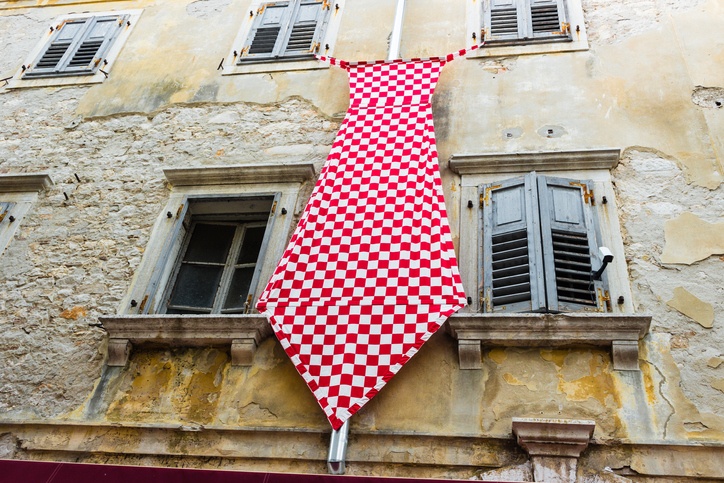|
If you are traveling to Croatia and looking for a casual work outfit, you could do worse than wearing a pair of classic navy Startas trainers on your feet, neat pants, and a collared shirt with a sporty necktie. You would also be making a sartorial nod to your host country, as two of those items are domestic inventions. The accepted origin of the necktie – or cravat – dates back to the Thirty Years’ War in the 17th century. Croatian soldiers wore silk or linen cloths tied around their necks, many bestowed by sweethearts to signify remembrance and fidelity. This accessory set them apart from the other European soldiers. The French took notice and began donning similar neckwear — à la Croate, or in the style of the Croatians. French royalty adopted the “cravat,” the word derived from the people who originally wore it. King Louis XIV wore the cravat in 1646, and it swept through Europe to become a symbol of elegance and culture. Every year on October 18, Cravat Day is celebrated in Croatia. In 2003 when the day was established, the organization Academia Cravatica tied an enormous red necktie around the Pula Arena, a 2000-year-old Roman amphitheater. |
 |
|
Today in Zagreb, statues of famous Croatians are adorned with red cravats on October 18, thanks to the efforts of Academie Cravatica, which aims to promote and preserve this particular piece of Croatian heritage. As for the shoes, Startas may not have withstood soldiers’ marching in the 1600s, but since the 1970s they have been the choice of comfort-seekers looking for fashionable, well-made casual shoe. Initially created as a tennis shoe, Startas sponsored the University Olympic games in Zagreb in 1987. The footwear, which comes in a wide variety of colors and patterns, became the popular darling of its manufacturer, Borovo, which was established in 1931 in the town of Voukovar. Croatia’s war in the early 1990s took a heavy toll on the company, whose headquarters was in the crossfire. Slowly restarting the war-damaged factory in 1998, Startas eventually rebuilt momentum among Croatians and sparked interest in other markets around the world. Borovo is now a 92-year-old company, representing a history of craftsmanship and resilience. From head (or at least neck) to toe, these distinctly Croatian items are worn with pride by locals. Visitors and newcomers will fit right in wearing them as well. Check out our new Croatia country report, which covers clothing and other topics you’ve come to rely on us for in our IRC’s comprehensive country coverage. Written by Ellen Harris GMS, Product Manager, Content Group |


